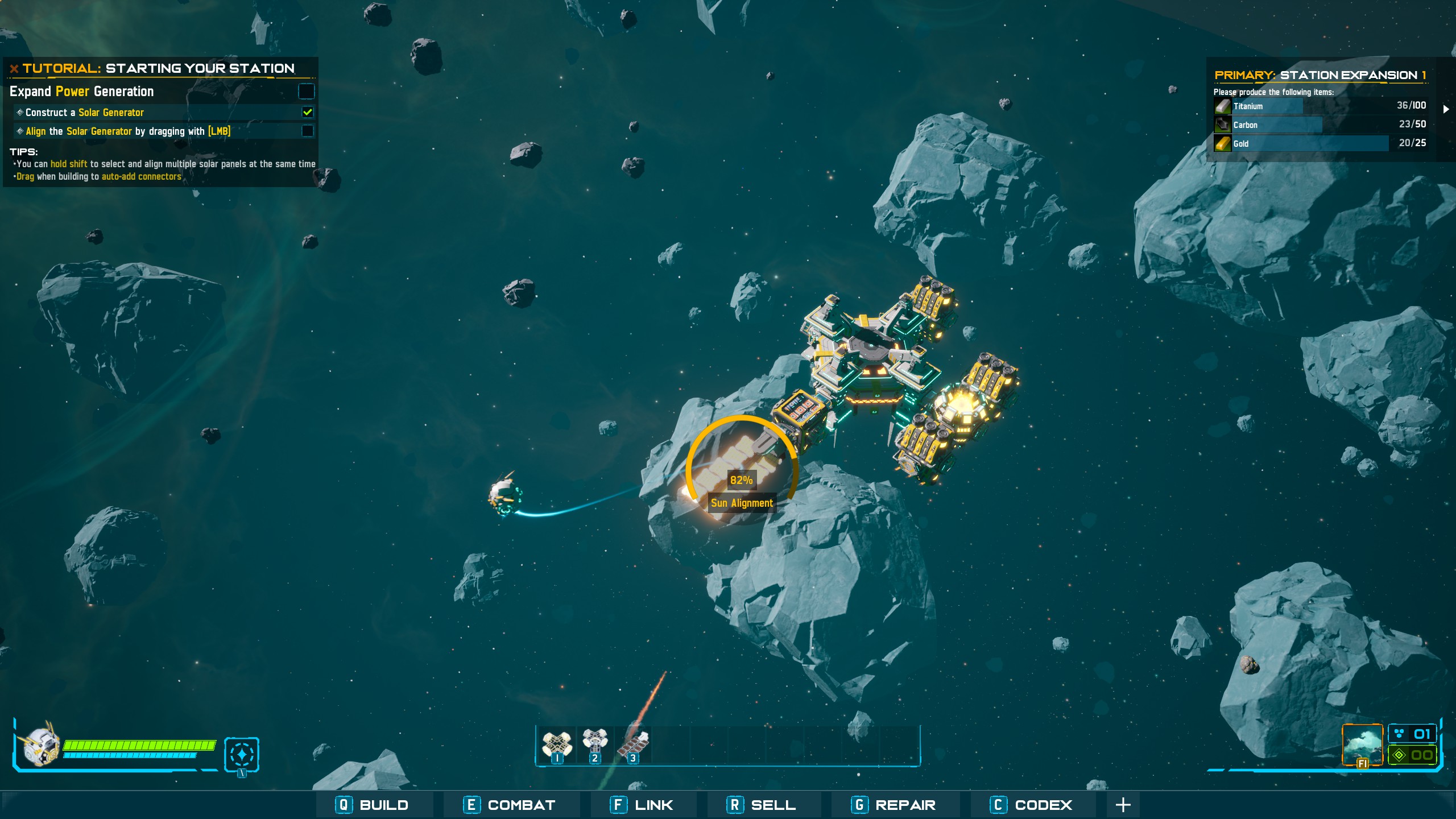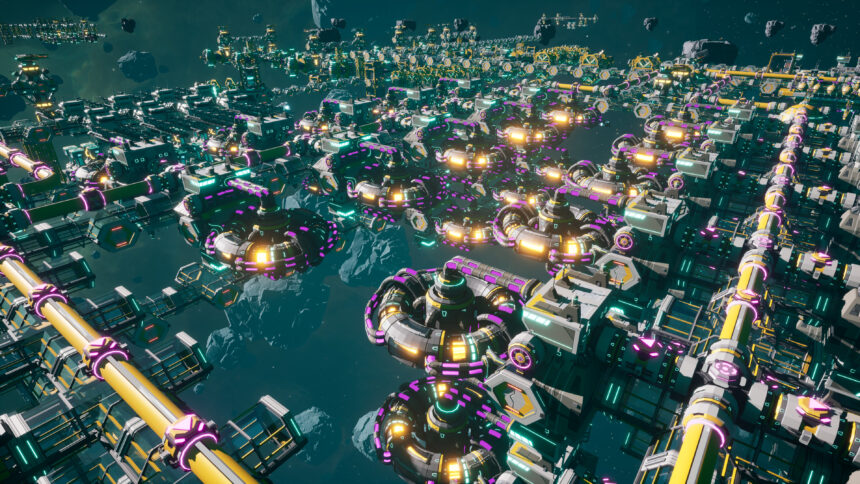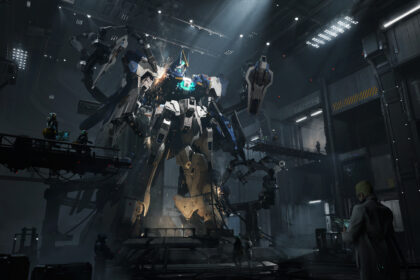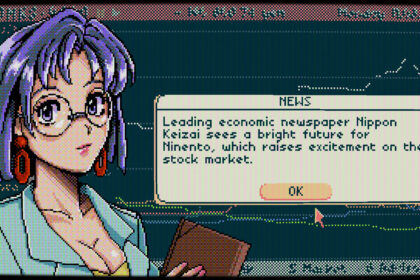Friends, I have a disease. Not, uh, not one of the bad ones, I mean a disease of the mind. In any management-esque game—from Theme Hospital to Factorio—I am incapable of planning until it’s too late, until I have layered one haphazard system on another to an extent that I can’t easily go back to the drawing board.
I need to slap things together and see how things work to make a plan, but to implement the plan I need to tear apart the ramshackle monster I’ve built and do it all over again. Is this the worst torment a human being has experienced in history? Yes.
And yet, I keep playing these games.
Today’s game: Outworld Station, a rather pretty assembly-line builder that hit early access last month. The premise is simple—you have a cursor, a stack of basic materials, and a dream of turning those basic materials into more complicated materials.
You accomplish this with Fordism. Drag enough asteroids into your starting furnace and you can start bolting smelters onto it, which will convert your raw ores into usable ingots. Ingots go into matter printers, whose materials make fabricators, whose materials make artifact analyzers, whose findings unlock the cat that killed the rat that lay in the house that Jack built.
You get the idea, and it might sound like a familiar one, but I gotta say in the time I’ve spent with Outworld Station it’s taken me back with how slick it all feels, even in early access. It’s a looker, first of all: its inky black void is filled with rocks and mysterious structures that all hew to a minimalist, ligne claire-y artstyle that manages to be striking without—I have to imagine—putting too much of a strain on the devs’ budget. But more than that, the whole thing just has a pleasing rhythm to it.
You’re building assembly lines, yes. You’re dropping structures, linking them to other structures, and making sure all your parts get where they need to as your whole project escalates in complexity, but while you’re doing that you’re also exploring the surrounding map, combing over the carcasses of derelict ships, and dropping into combat.

Your cursor isn’t just your cursor—wherever you drag your mouse, a little orbicular drone rushes to keep up with it. When you collect asteroids to huck into your furnace, it’s your drone that’s doing that, gathering up rock after rock in an energy field and dashing over to deposit them when you click on your base. It’s a cute and clever way of anthropomorphising (kinda, it’s still a drone) the true protagonist of the management game: your mouse.
It also means that when you’ve got your base humming along, churning out materials on the way to fulfilling this or that objective (make 50 of this, 100 of that), you take your drone on a walk to go clear the fog of war, uncovering crashed ships and other bases that you can extract bonus (and often high-tier) materials from with the right gear.

Tap E and you drop into a combat mode; the drone no longer follows your cursor but moves according to WASD, blasting enemy drones with its lasers and making off with the lucre they guard. It’s very simple: not the kind of thing that could sustain a full game, but a good respite when you get tired of staring at your ever-expanding factory.
I’ve only put about an hour into Outworld Station so far, so I haven’t engaged with the higher-tier processes promised by its Steam description—stuff like building starships—but what I’ve seen has made me very curious to see where this one goes as it winds through early access.
If you’re an assembly line sicko, or you just want a relatively chill and pretty factory builder to while away your time with, you could do a lot worse than checking out Outworld Station’s demo on Steam.
Read the full article here










